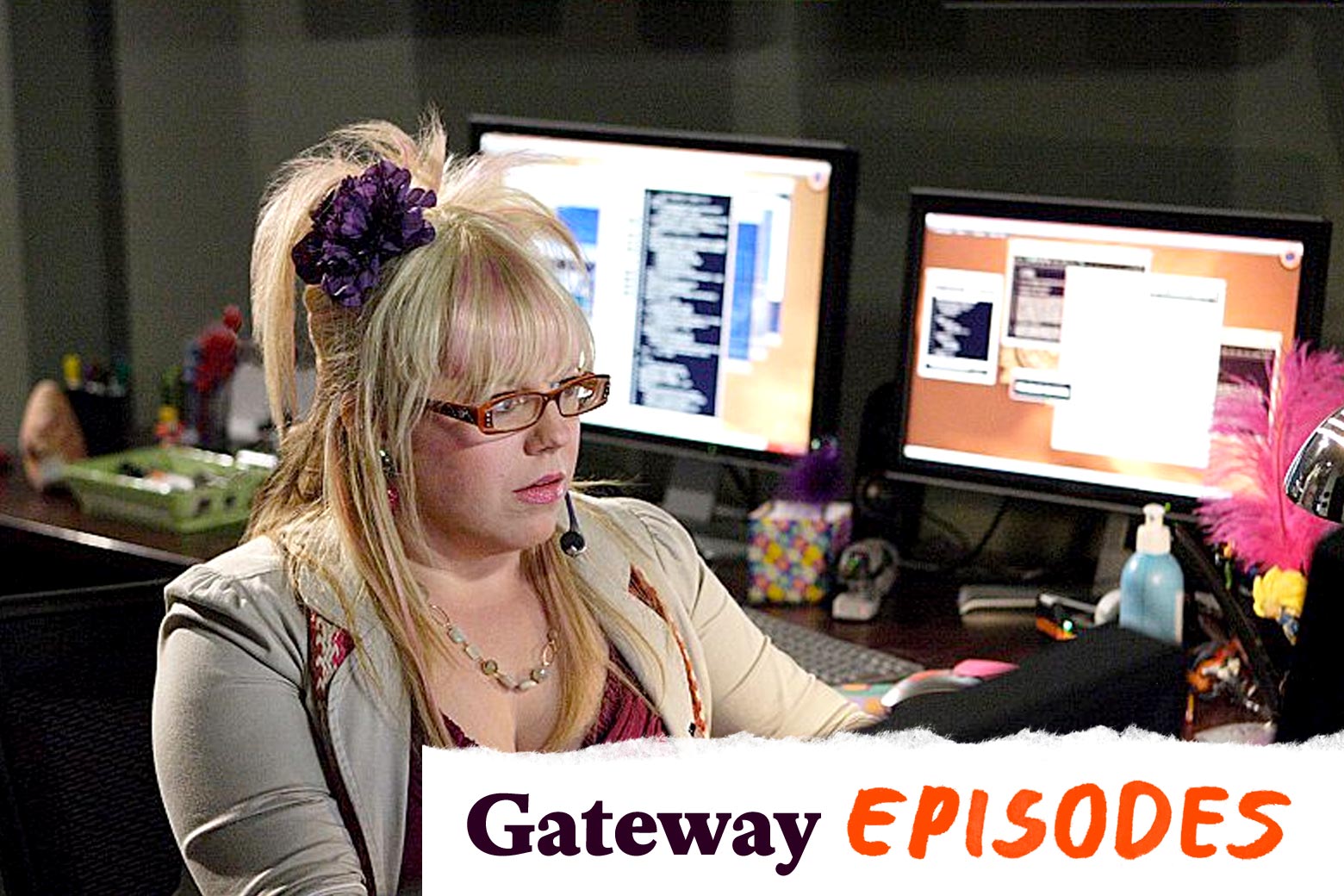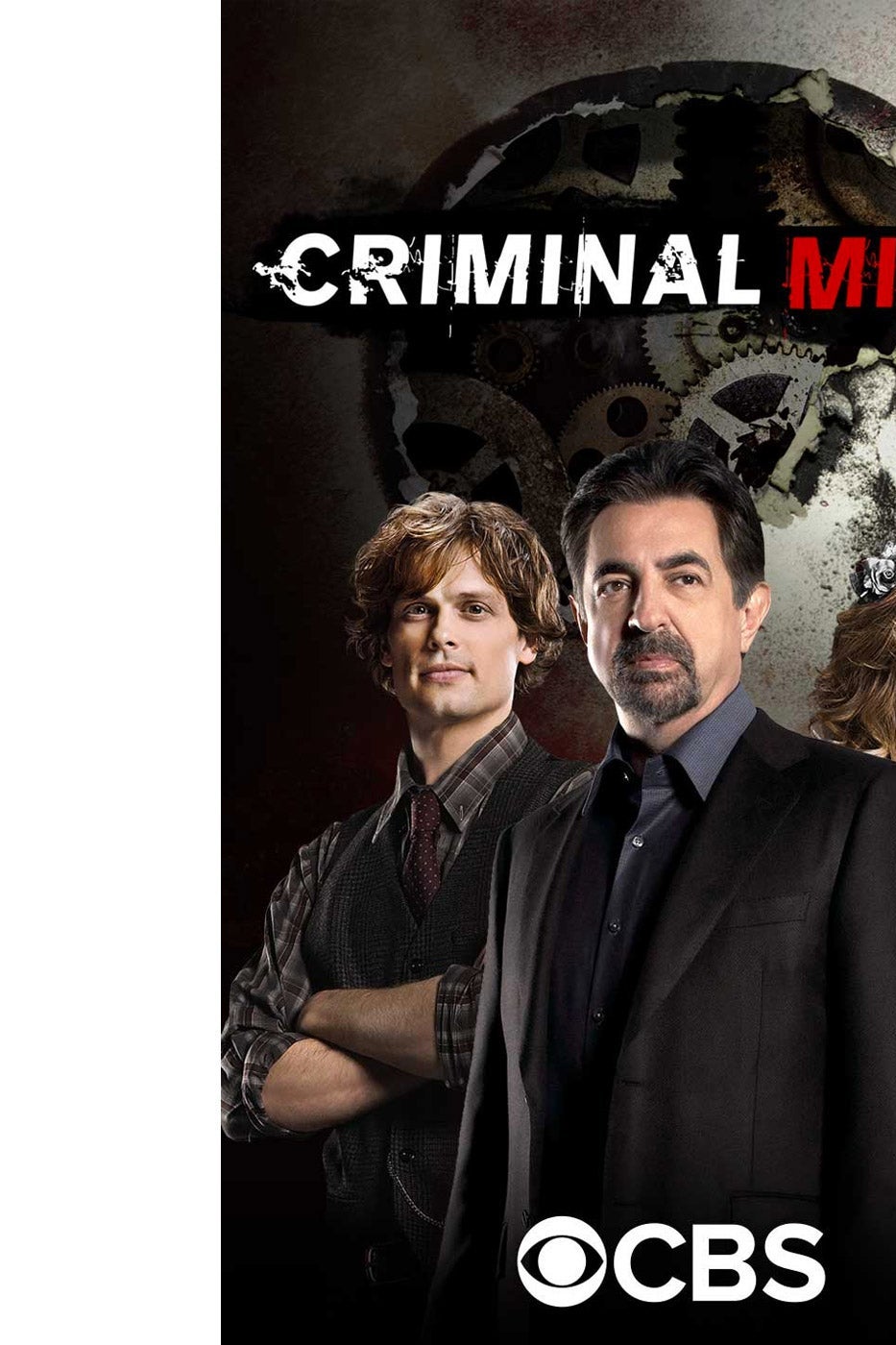The good guys catch the bad guys, and sometimes Shemar Moore is shirtless. That’s the basic premise of CBS’s procedural drama Criminal Minds, which will air its final episode on Wednesday after 15 seasons. For the past decade and a half, the show has followed a revolving cast of FBI agents as they track down serial killers for the fictional Behavioral Analysis Unit. Buzzier shows like Mindhunter and True Detective and docuseries like Conversations with a Killer or The Keepers have since provided fresher serial killer content, but when Criminal Minds aired in 2005, its concept—a slight remix on the tried-and-true villain of week formula—was relatively unique. Despite it now being part of a rather crowded field, the show has been one of my consistent guilty pleasures over the past 10 years—one whose appeal I have long struggled to explain to others.
I started watching Criminal Minds in junior high, before I fully understood the ramifications of cop procedural shows and their tendency to function as propaganda that glosses over the discrimination and brutality that’s baked into law enforcement. And yet even as I grew more familiar with the brokenness of our criminal justice system and the abhorrent history of the FBI, I still found myself turning to Criminal Minds in quiet moments when I didn’t have the mental bandwidth for anything else. Why do I like this objectively not-great show? The most compelling reason is that, by virtue of focusing on serial killers—one of the whitest subsets of criminals, at least in the public imagination—Criminal Minds made it pretty easy to ignore the racial dynamics that make early episodes of Law & Order so cringey. A less compelling (though probably more honest) reason is that Criminal Minds at its very best is just my kind of formulaic fun, despite the morbidity baked into its premise. When the show attempted season-long arcs or social commentary was when I was most likely to tune out. But episodic case-of-the-week plots—or better yet, the one-two punch of a two-episode arc—hit the perfect sweet spot.
The prime example of this, and the place where I would recommend any Criminal Minds neophyte start, is a two-episode arc in the third season: “Lucky” and “Penelope.” (Tragically these episodes came before Thirst Aid Kit-verified hottie Adam Rodriguez became a series regular, and for that I apologize.) The beating hearts of the entire series are Dr. Spencer Reid, an awkward wunderkind played by Matthew Gray Gubler, and Penelope Garcia, a brilliant technical analyst with a flamboyant wardrobe played by Kristen Vangsness. As you can probably guess from the second episode’s title, Garcia is the primary focus of this plotline, and that’s where the sweet spot comes in. Most procedurals have to balance revealing enough backstory of the main characters to keep audiences emotionally invested while simultaneously making sure the villain of the week doesn’t get short shrift, and “Lucky” and “Penelope” are masterclasses in that balance. The first episode opens in Florida in 1988—one of the many lessons I’ve learned from this show are never to go to Florida or anywhere near a swamp—where a mysterious 17-year-old is being released from a mental hospital against his doctor’s recommendation. A hospital chairman says that the hospital’s “hands are tied,” because the patient has to be released once he turns 18. The doctor responds in a bit of clunky foreshadowing: “It’s not your hands that I’m worried about.”
Fast-forward to the present (or at least, sometime in the late aughts) to Garcia walking into a coffee shop in Quantico, Virginia, where she has a meet-cute with a stranger whose computer needs fixing. She heads into the office in a dreamy daze, bumping into fellow agent Derek Morgan, played by Moore, who calls her out for not giving him a proper greeting. “Every day I say, ‘Good morning,’” he teases her. “Every day you say, ‘I’ll show you a good morning, hot stuff.’ Not today?” If that exchange made you cringe reading it, it also made me cringe watching it. And yet Morgan and Garcia’s borderline workplace-inappropriate flirting is one of the many joys of Criminal Minds that kept me coming back season after season.
Still, there’s no time to linger, because their conversation is quickly interrupted when the team gets a new case: The body of a 19-year-old girl is found in Bridgewater, Florida in what locals believe is a satanic cult killing. (Another tip I learned from this show: never go to cities with a high concentration of college-aged girls. They will surely end up dead.) The good detectives of the Behavioral Analysis Unit know that there’s no such thing as killing satanic cults, setting up one of the familiar dynamics of the show where the team has to swoop in and lord their superior crime-solving skills over the local law enforcement. What proceeds from there is pretty straightforward: That 17-year-old from the flashback grows up to be a cannibalistic serial killer who makes his victims eat the fingers of previous victims. (Remember that clunky foreshadowing?) I won’t reveal more here, but suffice to say, don’t eat chili while you’re watching this episode.
Garcia goes on a date with the man whose computer she fixed, but just as she turns around for what she thinks is a goodnight kiss, something unexpected happens. The second episode, “Penelope,” sees Garcia being transported to the hospital. Despite a scene where team lead Aaron Hotchner (Thomas Gibson) says “It doesn’t look good” as they all wait for her to emerge from surgery, Vangness’s presence as a series regular for the next 12 seasons clues you in to the fact that the wound isn’t fatal. But the rest of the episode is spent trying to track down Garcia’s attacker and as the team investigates, more and more of her backstory as an “underground” hacker comes to light. In making one of the most universally beloved members of the BAU team the target of an attack, the bond between the agents and the chemistry of the cast are allowed to come to the fore. It’s in these sorts of episodes that the admittedly sometimes elusive appeal of the show is at its most obvious—if you can get over the cannibal chili.

